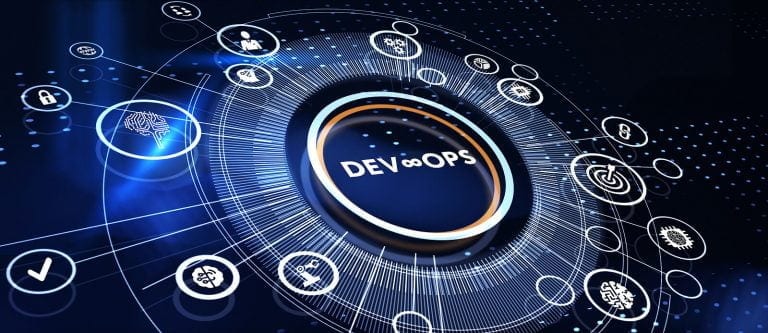The concept of the digital enterprise has been on my mind for quite a while. As a consumer and citizen, I deal with public and private organizations via their digital holograms. While some interactions are convenient, others are frustrating. I’ve explored this in Uncompromising algorithms + inconsiderate humans = poor service. From my professional perspective as The IT Paradigmologist, I’m interested in how managing IT in a digital enterprise differs from a traditional enterprise, and how the DevOps way of working can be applied.
Table of Contents
ToggleDigital hologram
I’m grateful to Ravi Narayan, lecturer at the Naveen Jindal School of Management at the University of Texas in Dallas, who shared the term hologram to describe the digital version of an enterprise. The hologram should be in sync with the analogue version in order that the customer gets a consistent experience, whether he or she is dealing with atoms or bits. I define a digital enterprise as an organization where customers, employees and partners want to interact and transact with the enterprise both with people and digitally, depending on their mood and needs, and have a consistent experience. Many of the enterprise’s primary functions are automated, resulting for instance in customers of a retail bank regarding the app on their smartphone just as much ‘the bank’ as the physical building with people.
In comparison with traditional enterprises, two differences are significant. In digital enterprises, information systems aren’t just internal business resources, they are part of the product. I use the term product in the broader sense, meaning goods, services or a combination of the two. More importantly, information systems contribute to – or detract from – the customer’s experience, and this is something that differentiates an enterprise from its competitors. The other point that I observe, is also related to customer experience – the need to synchronize the analogue and the digital so that the customer gets a consistent experience.
Decentralized IT
Both points – information systems as part of the product and the consistency of the analogue and digital experiences – imply that people with digital disciplines and people with analogue disciplines have to collaborate closely. Most organizations have an IT department that supports multiple business units. The IT department regards the business units as their customers and has formal agreements about services, service levels and costs that reinforce the distinction between service provider and service consumer. The IT department invests in ‘business-IT alignment’ so as to bridge the gap between the two parties, but once again, this reinforces the fact that there are two parties.
While centralizing the enterprise’s IT activities into an IT department might have made sense a quarter of a century ago, it is doubtful whether a digital enterprise will benefit enough to justify this structure. The usual benefits from centralization are economies of scale that hopefully outweigh the bureaucracy and loss of focus and motivation that often occurs when an organizational silo is created. In general, digital enterprises benefit more from effective product development than from efficient production. So it makes sense to decentralize the IT activities and position them as integral parts of the business lines. There will still be an inherent distinction between digital disciplines and analogue disciplines, but they work alongside each other as co-workers rather than one being the order-giver and the other the order-taker.
Customer-centric collaboration
I believe that it’s useful to consider the customer-centric collaboration between four major disciplines: development of the analogue part of the enterprise, development of its digital counterpart, analogue operations and digital operations. The collaboration is based on the 3 ways of DevOps, a topic that I described in previous explorations of expanded applications of DevOps: DevOps – the prequel and the sequel and DevOps as part of the IT value cycle.
The solid lines in the illustration depict the transfer of products from development via operations to the customer.
The line from Digital Operations to Analogue Operations depicts IT for internal use. Digital Development and Analogue Development also need internal IT but these relationships have been left out for the sake of simplicity. It’s worth considering whether Digital Operations should provide both external and internal IT or whether (and how) these should be split.
The solid lines flow in the primary direction of value yet also imply the 3 ways of DevOps: systems thinking that considers what happens ‘downstream’, amplified feedback loops in order to enable rapid response to any unexpected effects, and a culture of continuous learning and experimentation. The dotted lines represent collaboration and communication as opposed to the transfer of products, and the same 3 ways of DevOps apply to the way of working.
Guidance
As with my previous doodles, this exploration is not intended as definitive guidance but as one of many perspectives. In summary, some approaches for a Digital Enterprise to consider, are:
- Focus on a good and consistent customer experience, whether analogue or digital
- Decentralize IT as co-worker in both development and operations, not as order-taker
- Apply the 3 ways of DevOps to improve the interactions between the various disciplines
Summary:
Digital Enterprise
Some approaches for a Digital Enterprise to consider, are:Focus on a good and consistent customer experience, whether analogue or digital. Decentralize IT as co-worker in both development and operations, not as order-taker. Apply the 3 ways of DevOps to improve the interactions between the various disciplines.





